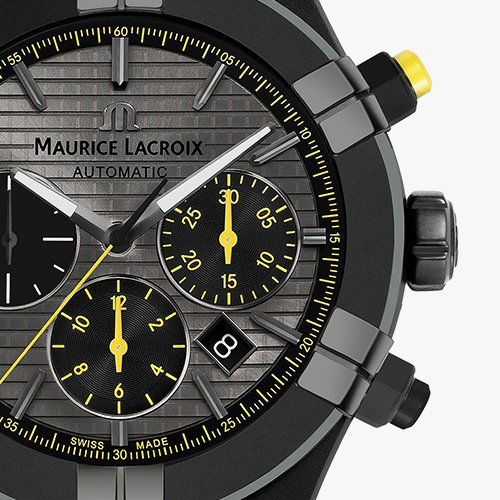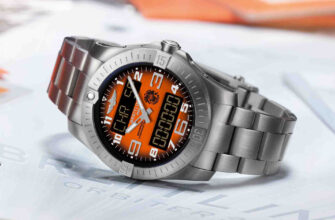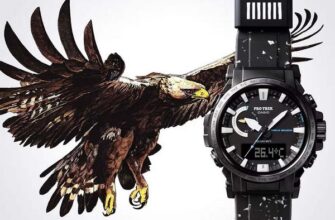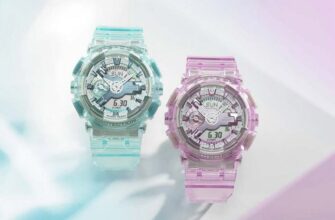We will tell you whether it is always in the watch and where the term itself came from.
The dial is a German word. Ziffer - "number", Blatt - "sheet", that is, a sheet with numbers. This is the name of a thin plate made of copper or other metals and their alloys, which covers the mechanism from the front side. Visually displays time and other indicators.
In electronic models, a liquid crystal LCD-display takes on a similar role. Sometimes, in the configuration of sports-class chronometric instruments, it is combined with analog data or duplicates them, being responsible for additional options.
In the basic configuration, the analogue marking consists of 12 (24) hour markers (Arabic, Roman numerals; printed, overhead), a minute scale and central hands moving along it (hour, minute, second).
The subdiscs of the main display can also be shifted to the bottom or top of the plate. Apertures are traditionally located here - slotted windows for various complications: day of the week, date, moon phases, measurements of time intervals, etc.
Sometimes the dials are partially or completely missing. In skeleton watches, the craftsmen thus reveal the filigree finishing of the movement, not only from the back cover, but also from the front.
Not being part of a caliber, the dial is an important aesthetic component of the watch's exterior. Therefore, it can be made of mother of pearl or covered with enamel. Some modern manufacturers make it from textures that are atypical for the craft: for example, Damascus steel, carbon composite, concrete and even meteorites.
The most common types of dial finishes: guilloche, art painting, miniature sculpture, inlaid with diamonds and other decorative elements of marquetry - mosaic ornament.









